Click here and press the right key for the next slide.
(This may not work on mobile or ipad. You can try using chrome or firefox, but even that may fail. Sorry.)
also ...
Press the left key to go backwards (or swipe right)
Press n to toggle whether notes are shown (or add '?notes' to the url before the #)
Press m or double tap to slide thumbnails (menu)
Press ? at any time to show the keyboard shortcuts
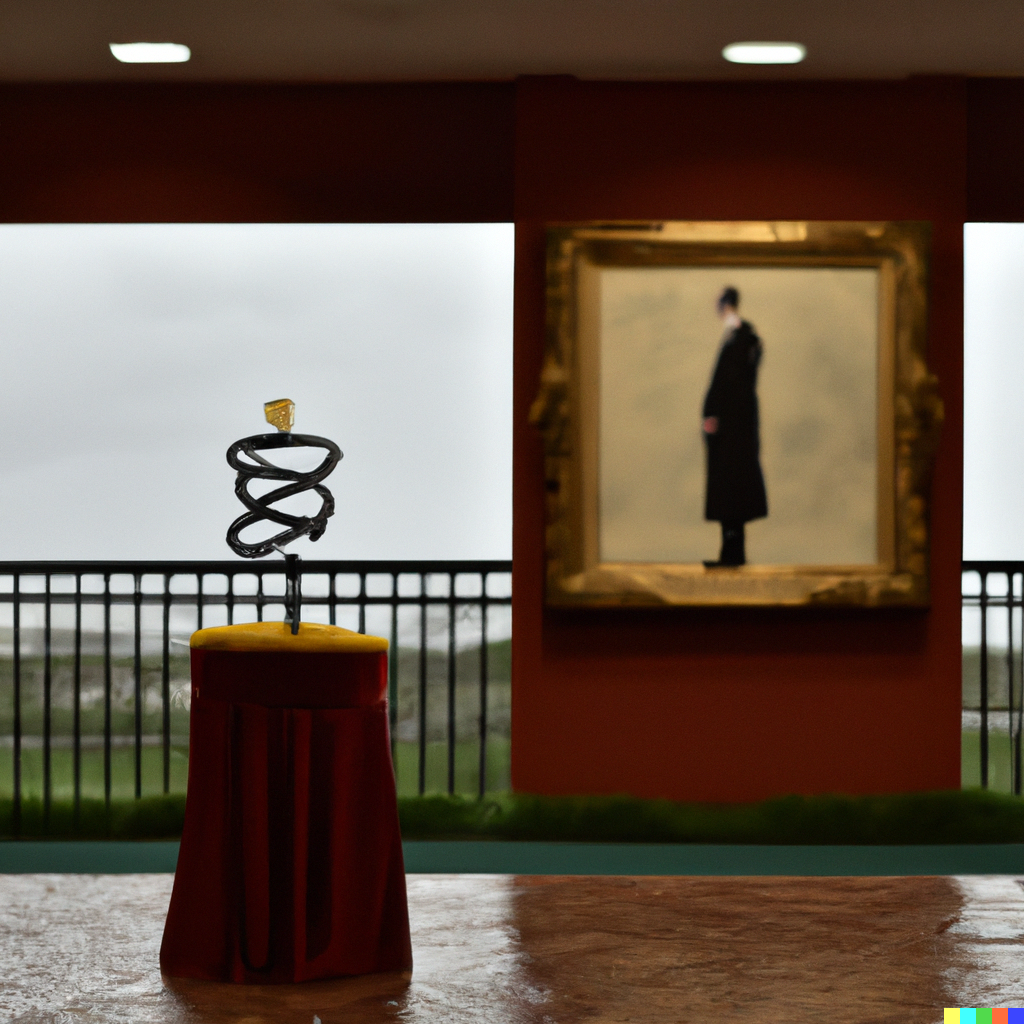
Preference vs Aversion: A Dissociation
essay question
What is an interface problem? ✓
Consider one case in which an interface problem arises. ✓
How could the problem be solved? ٩(͡๏̯͡๏)۶
motivational states
primary motivational states
linked to biological needs, can be unlearned
- hunger, thirst
- satiety
- aversion
- disgust
- ...
preferences
changing, influenced by learning (and fashion, ...)
- chocolate over rhubarb
- lime over lemon
- red over blue
- ...
standard assumption
Primary motivational states are locked to preferences.
For example ..
if you are hungry for a food, you desire it; and
if you are averse to a food, you do not desire it.
1
significance
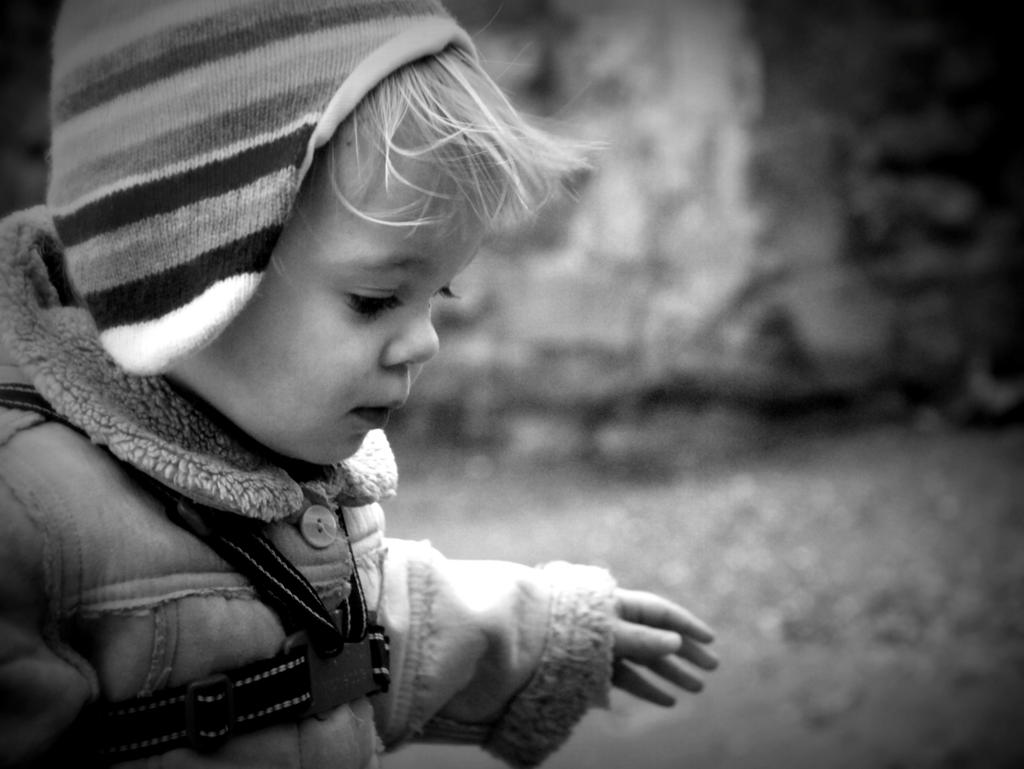
two motivational systems
2
significance
‘a philosophical end: elucidation of the notions of subjective probability and subjective desirability or utility’
(Jeffrey, 1983, p. xi)
What kinds of processes in
individual animals
guide actions?
1. two kinds of process -- habitual vs instrumental ✓
2. two kinds of motivational state -- primary vs preferences
There are at least two kinds of motivational state,
which have distinct roles in explaining behaviour.
background
primary motivational states sometimes influence behaviour
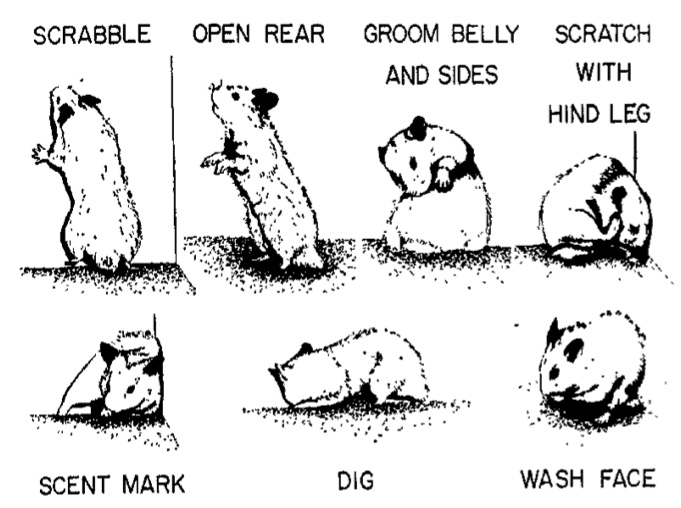
Shettleworth (1975, p. figure 1)
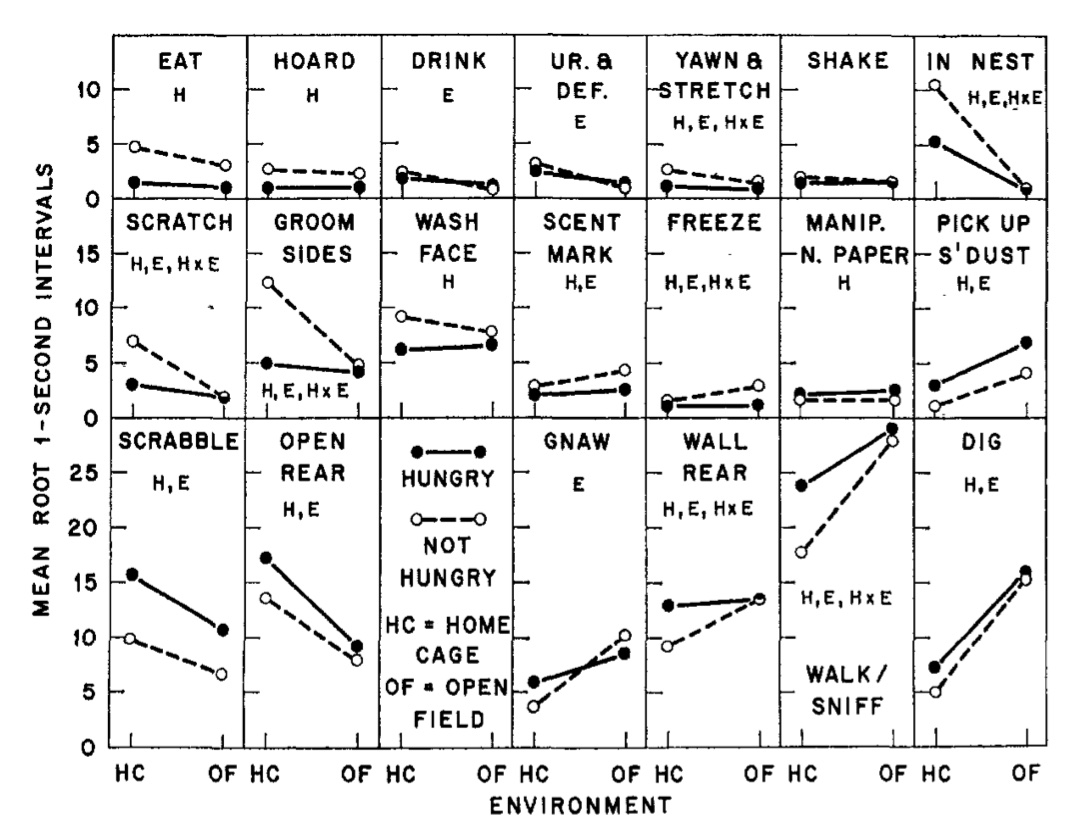
Shettleworth (1975, p. figure 2)
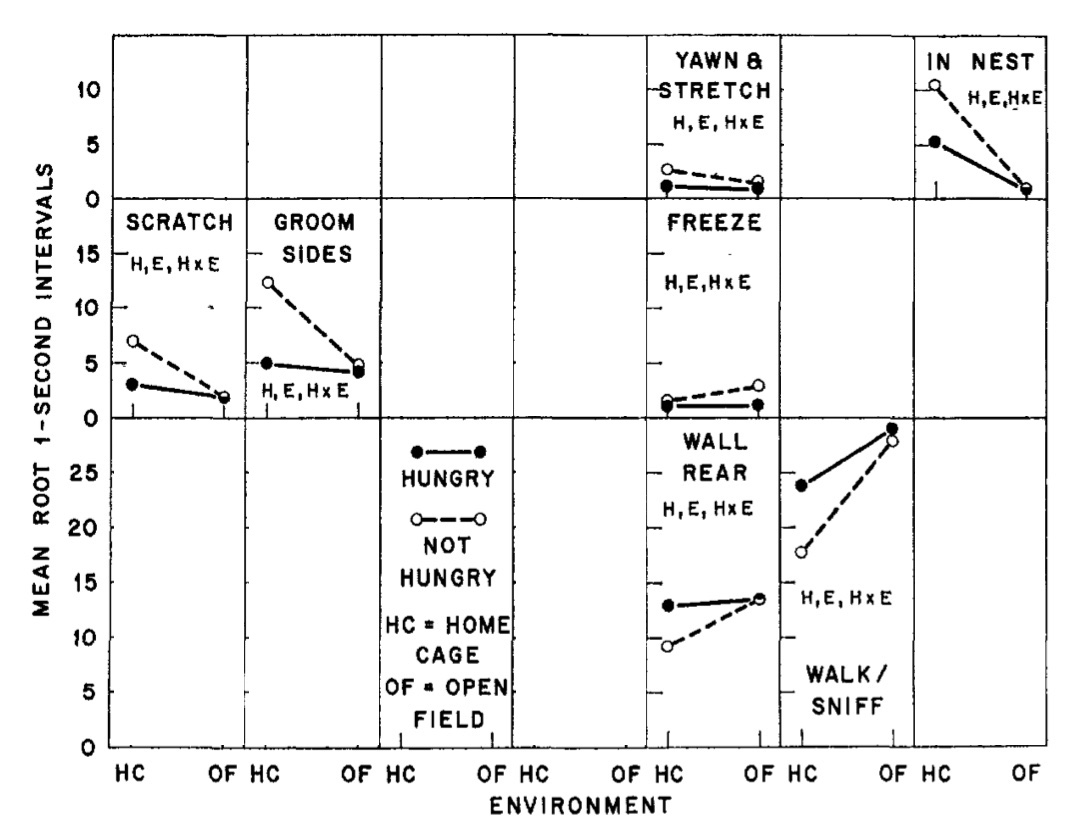
Shettleworth (1975, p. figure 2)
experiment:
primary motivational states influence
some but not all behaviours

I was trained to press the lever for a novel food,
which I retreived from a magazine.
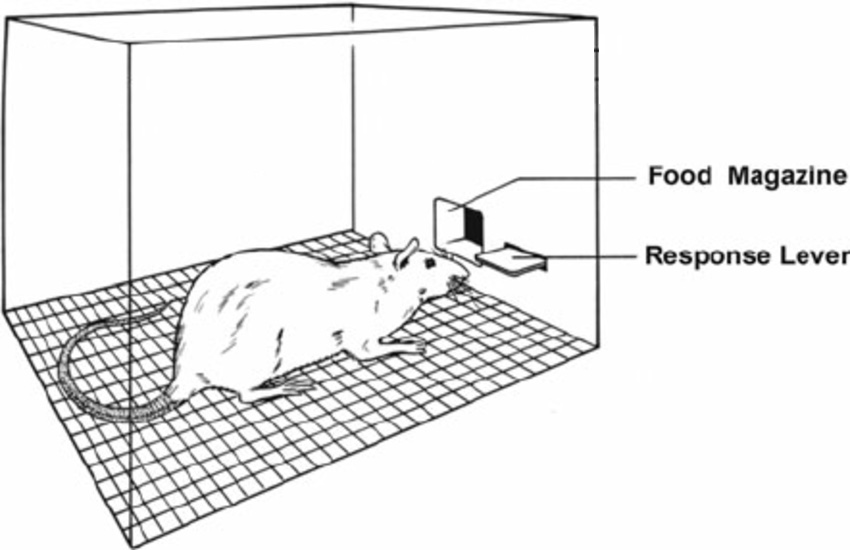
modified from Callahan and Terry (2015) figure 3

I was trained to press the lever for a novel food,
which I retreived from a magazine.
I was trained while satiated
and I never ate the food when hungry.
After training,
I was tested in extinction.

I was trained to press the lever for a novel food,
which I retreived from a magazine.
I was trained while satiated
and I never ate the food when hungry.
After training,
I was tested in extinction.
redrawn from Balleine (1992, p. figure 1 (part))
the different actions tell incompatible stories ...
magazine entry
-> when hungry, does desire the novel food (or drink, Exp 1B)
lever pressing
-> when hungry, does NOT desire it

I was trained to press the lever for a novel food,
which I retreived from a magazine.
I never ate the food when hungry.
I never ate the food when satiated.
redrawn from Balleine (1992, p. figure 3)
two actions, incompatible stories ...
magazine entry
-> when satiated, does NOT desire the novel food (or drink, Exp 1B)
lever pressing
-> when satiated, does desire it
same data but just the lever presses
redrawn from Balleine (1992, p. figures 1 and 3)
It is possible to
hunger for it but not desire it; and
to desire it but not hunger for it.
✓
experiment:
primary motivational states influence
some but not all behaviours
motivational states
primary motivational states
linked to biological needs, can be unlearned
- hunger, thirst
- satiety
- aversion
- disgust
- ...
preferences
changing, influenced by learning (and fashion, ...)
- chocolate over rhubarb
- lime over lemon
- red over blue
- ...
standard assumption
Primary motivational states are locked to preferences.
For example ..
if you are hungry for a food, you desire it; and
if you are averse to a food, you do not desire it.

two motivational systems
The possibility of divergence in
primary motivational states and preferences
gives rise to interface problem #2
Interface problem #2 ...
‘we should search in vain among the literature for a consensus about the psychological processes by which primary motivational states, such as hunger and thirst, regulate simple goal-directed acts’
Dickinson & Balleine , 1994 p. 1
An Interface Problem:
How are non-accidental matches possible?
Primary motivational states guide some actions.
Preferences guide some actions.
Pursuing a single goal can involve both kinds of state.
Primary motivational states are not inferentially integrated with preferences.
Two motivational states match in a particular context just if, in that context, the actions one would cause and the actions the other would cause are all proper ways of fulfilling both motivational states.
essay question
What is an interface problem? ✓
Consider one case in which an interface problem arises. ✓
How could the problem be solved? ٩(͡๏̯͡๏)۶
conclusion
Philosophical, and formal, theories of action, and joint action,
assume a single system in which
belief, desire, intention and the rest
are normatively
and inferentially
integrated.
One instrumental action can involve multiple, dissociable
motivational states
and multiple, dissociable
goal representations (intentions and motor representations).
This gives rise to interface problems.
How are non-accidental matches possible?
interface problem #1
goal execution
motor representations vs intentions
interface problem #2
goal selection
primitive motivational states vs preferences
appendix: a complication
complication
It is possible to
hunger for it but not desire it; and
to desire it but not hunger for it.
Background assumption:
magazine entries reveal hunger,
lever presses reveal desire.
complication: Why is this assumption true?
Why are magazine entries and lever pressing different?
1. Primary motivational states directly influence
only stimulus-driven processes.
2. Lever-pressing in these rats is primarily a consequence of outcome-driven processes.
3. Magazine entry is a consequence of ??? 🐀
conditioning
Pavlovian (classical)
Acquired through exposure to contingencies
Results in stimulus—stimulus links (e.g. bell-food)
The animal responds to the first stimulus as if the second were present
Subject to overshadowing and blocking (u.a.)
Operant
Acquired through being rewarded when acting in the presence of the stimulus.
Results in stimulus—action or action—outcome links.
The animal responds to the stimulus by performing the action.
Why does hunger drive magazine entries and not lever presses?
1. Primary motivational states directly influence
only stimulus-driven processes.
2. Lever-pressing in these rats is primarily a consequence of outcome-driven processes.
3. Magazine entry is a consequence of ??? 🐀stimulus-driven processes.
‘simple anticipatory approach to a food source, such as that involved in magazine entry, is primarily under the control of Pavlovian processes’
Balleine (1992, p. 248)
✓
complication
It is possible to
hunger for it but not desire it; and
to desire it but not hunger for it.
Background assumption:
magazine entries reveal hunger,
lever presses reveal desire.
complication: Why is this assumption true?